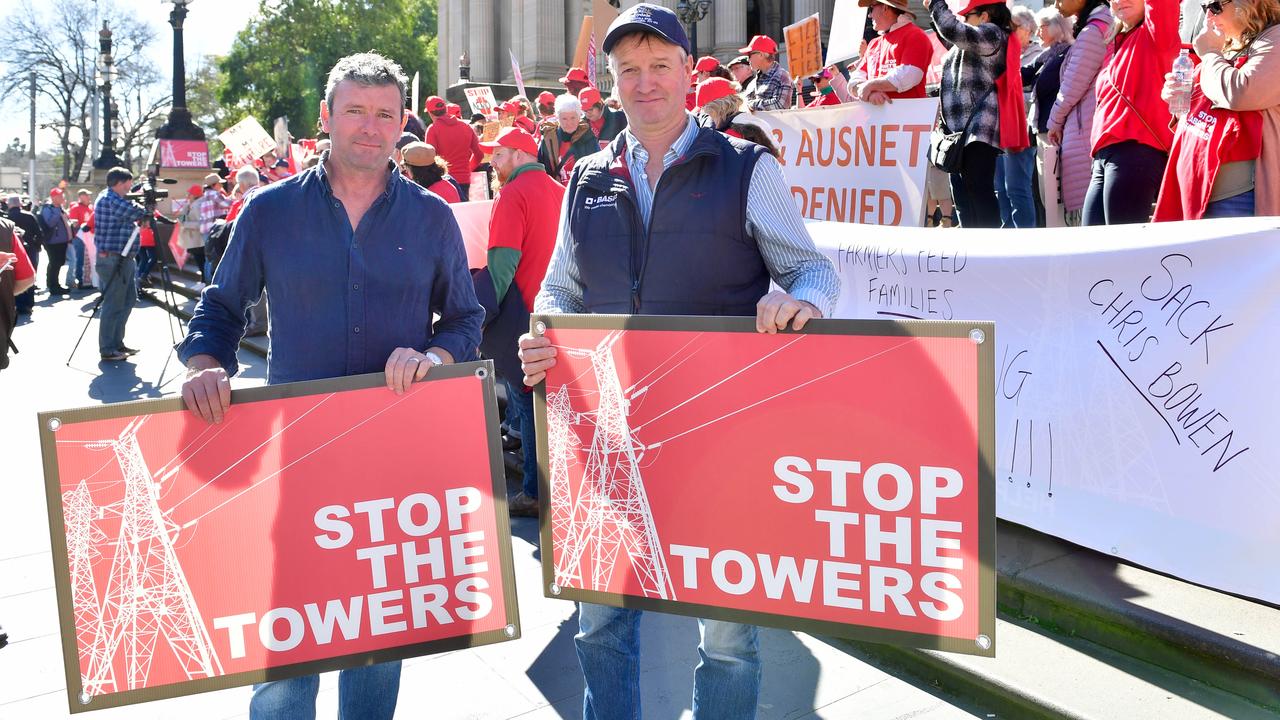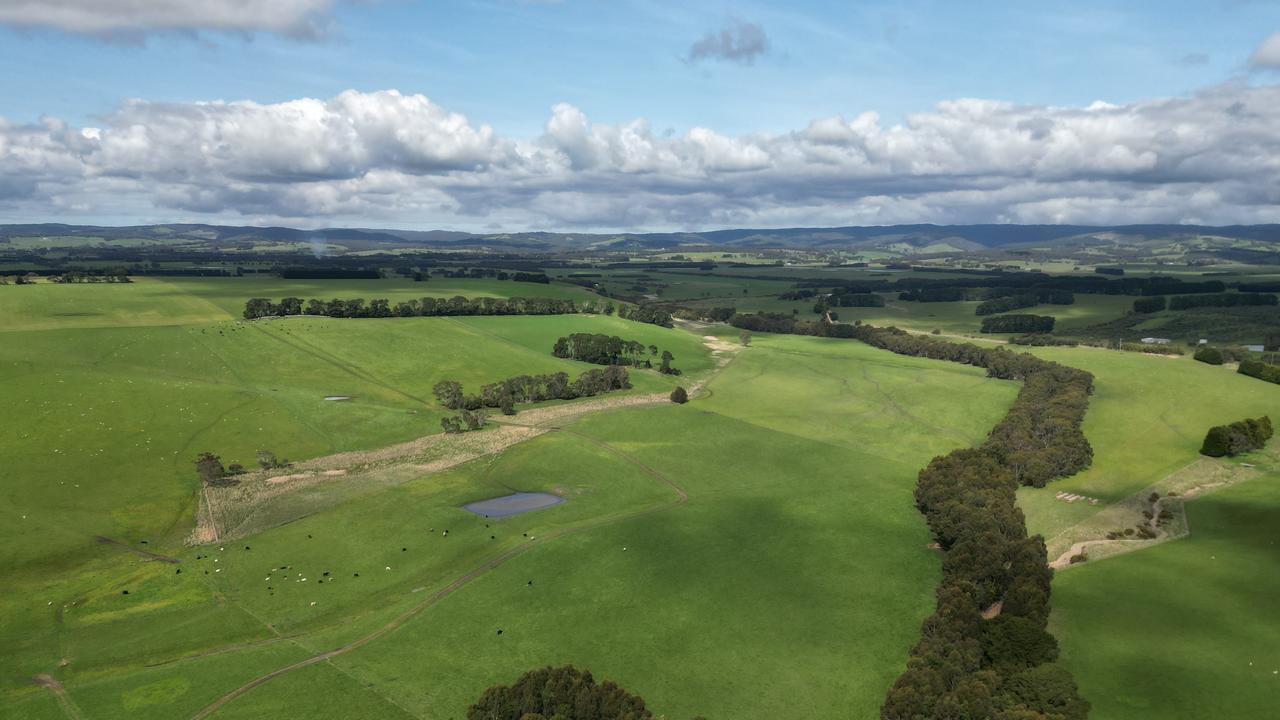Regional property: City buyers still looking at rural move
Regional house price growth has levelled, but demand is still strong in some parts of country Victoria. Here’s why.
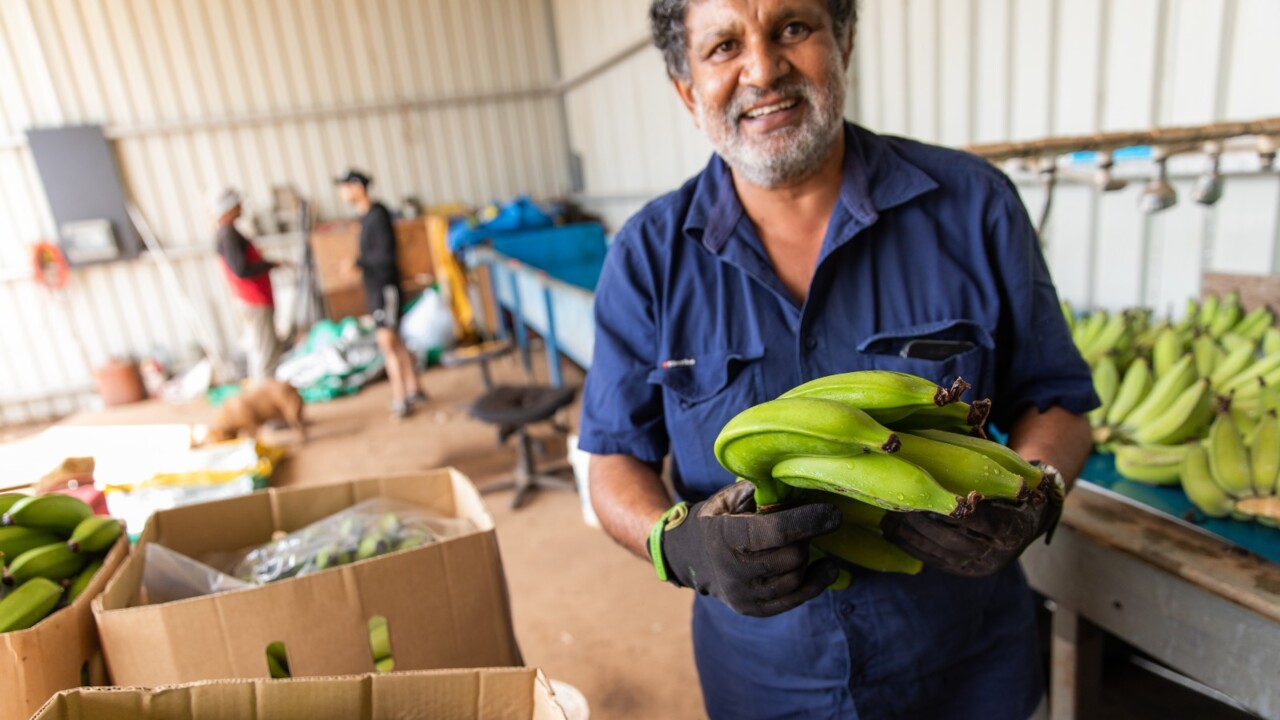
City dwellers relocating to regional areas may be more cautious following inflation pressures and interest rate hikes, but the exodus is continuing.
The quest for a more affordable lifestyle is the impetus behind property inquiries and sales, which look like they will continue.
Garry Nash Real Estate director Cameron Meggs, in Wangaratta, described sales as levelling but stressed there had been no dramatic drop in prices, sales or demand in the region.

“I think the rate hikes have made buyers more cautious and while we may not see as many people turning up at inspections and auctions, there are still the serious buyers out there who have done their sums and know what they can afford,” he said.
“We are still getting a lot of city people wanting to find real estate and we are finding potential buyers have done their homework concerning interest rate increases and inflation.”
Interest in lifestyle and rural properties remained strong and consistent Mr Meggs said, adding the Wangaratta area was attractive to city dwellers relocating because of employment opportunities, quality of education, affordable housing, low traffic volumes and proximity to wineries and the snowfields.
Biggin Scott chief executive Michael De Vincentis, of Daylesford, said regional relocation was still busy but, similar to the market, may have plateaued.
“Our sales numbers aren’t decreasing – you can buy a similar house in Melbourne Eastern suburbs in this area for considerably less, which is what makes it attractive,” he said.
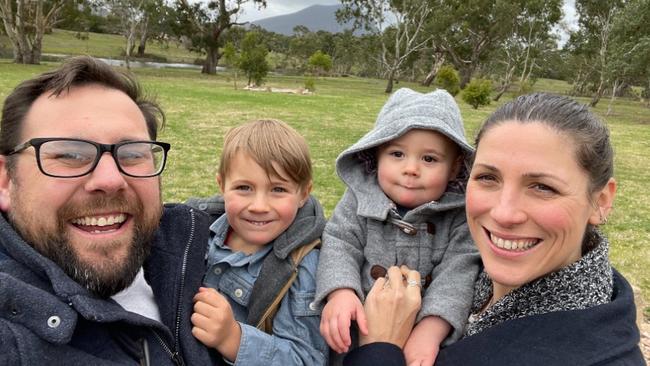
MOUNTAIN MOVE
Former city dwellers Jenny and Ian Gumela and their two sons, Finlay, 5, and Jesse, 2, made a lifestyle decision to move from Melbourne to the Grampians after Covid hit.
“It is much more affordable living in a regional area such as Halls Gap than Melbourne’s eastern suburbs,” Jenny said.
“We knew we wanted to put roots down before the boys started school and have a more consistent work-life balance. With the uncertainty of life in Melbourne during the lockdowns it was a no-brainer for us to make the move and start a new life in the country.”
The Gumelas now run the Breeze Holiday Parks – Grampians in Halls Gap and have bought a house in the village, which they rent out on Airbnb. They chose the Grampians because of the facilities, opportunities for personal growth and outdoor lifestyle for their family.
“We’re so close to some beautiful areas, like Lake Fyans, where Ian likes to take his boat out and go fishing before work, which would never happen if we stilled lived in the city. The national park is great for using up some of the boy’s energy and they are both bike riders. In Melbourne, we spent a lot of our time in shopping centres, but moving to the Grampians has also been beneficial for our health and for us financially; we now enjoy the open space around us and a cheaper cost of living.”
They said they had no regrets moving from the city.
“Our move has worked out better than we could have hoped,” Jenny said.
ACRES IN DEMAND
Mayor of Mansfield James Tehan said Mansfield had been among the fastest growing municipalities for more than a decade and continued to see an influx of treechangers since the pandemic, which hadn’t slowed.
“The secret is out that you can work from home in most places, so people have been packing up and leaving the city to live-in regional areas and still work from home,” he said.
“Mansfield is well positioned being two hours from Melbourne, has the bush, mountains, river and lake close by and is very picturesque.”
Mr Tehan said Mansfield was more affordable when it came to housing and lifestyle that the city, but the cost of fuel and commodities needed to be considered.
“The market is very tight, and prices may have peaked and started to level out in residential but not for small acreage and farmland,” he said.
PRICE TREND
Regional house prices have finally started to follow the lead of those in capital cities, recording a month-on-month decline after nearly two years of extraordinary growth.
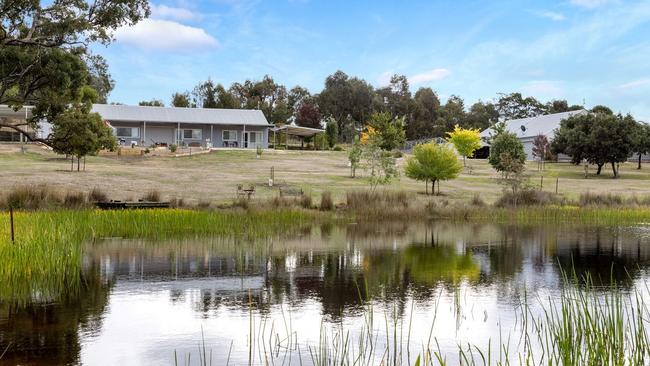
Regional home values were down 1.5 per cent in August compared to the previous month, not quite as steep a fall as the 1.6 per cent drop in values across the combined capitals, according to data from CoreLogic.
Between March 2020 and January 2022 regional dwelling values surged more than 40 per cent compared with a 25.5 per cent rise for the combined capitals.
“The largest falls in regional home values are emanating from the commutable lifestyle hubs where housing values had surged prior to the recent rate hikes,” said CoreLogic’s research director Tim Lawless.
“In the past three months values are down 8 per cent across the Richmond-Tweed, 4.8 per cent across the Southern Highlands-Shoalhaven market and 4.5 per cent across the Sunshine Coast.”
Across the 41 regional subregions analysed, only seven areas recorded a rise in housing values in August, including the northern suburbs of Adelaide (up 0.9 per cent), Perth’s North East and Mandurah (up 0.6 and 0.5 per cent respectively) and the Coffs Harbour-Grafton region (up 0.6 per cent).
Despite the recent weakness, housing values across most regions remained well above pre-Covid levels.
Housing prices in regional Victoria peaked in May, and have now declined 2.1 per cent from the average highs recorded three months ago.



